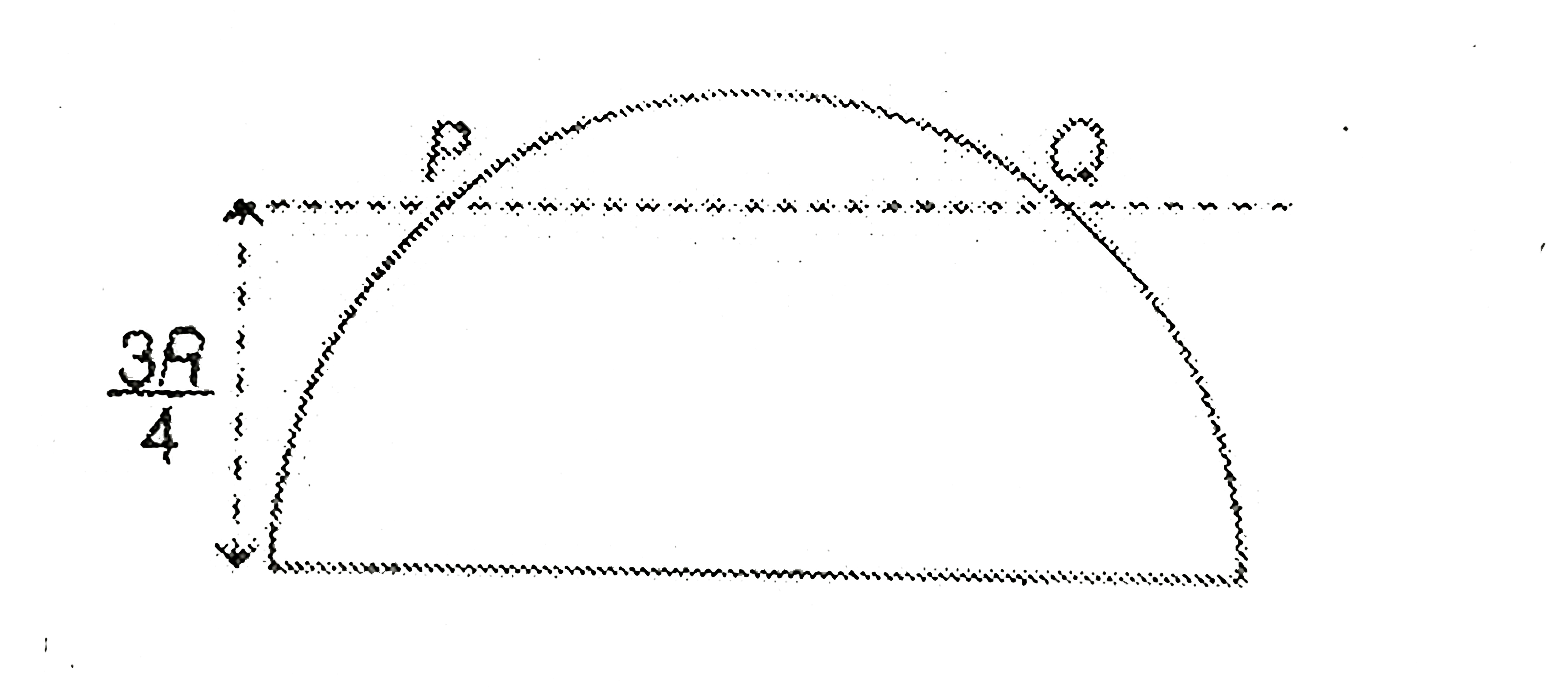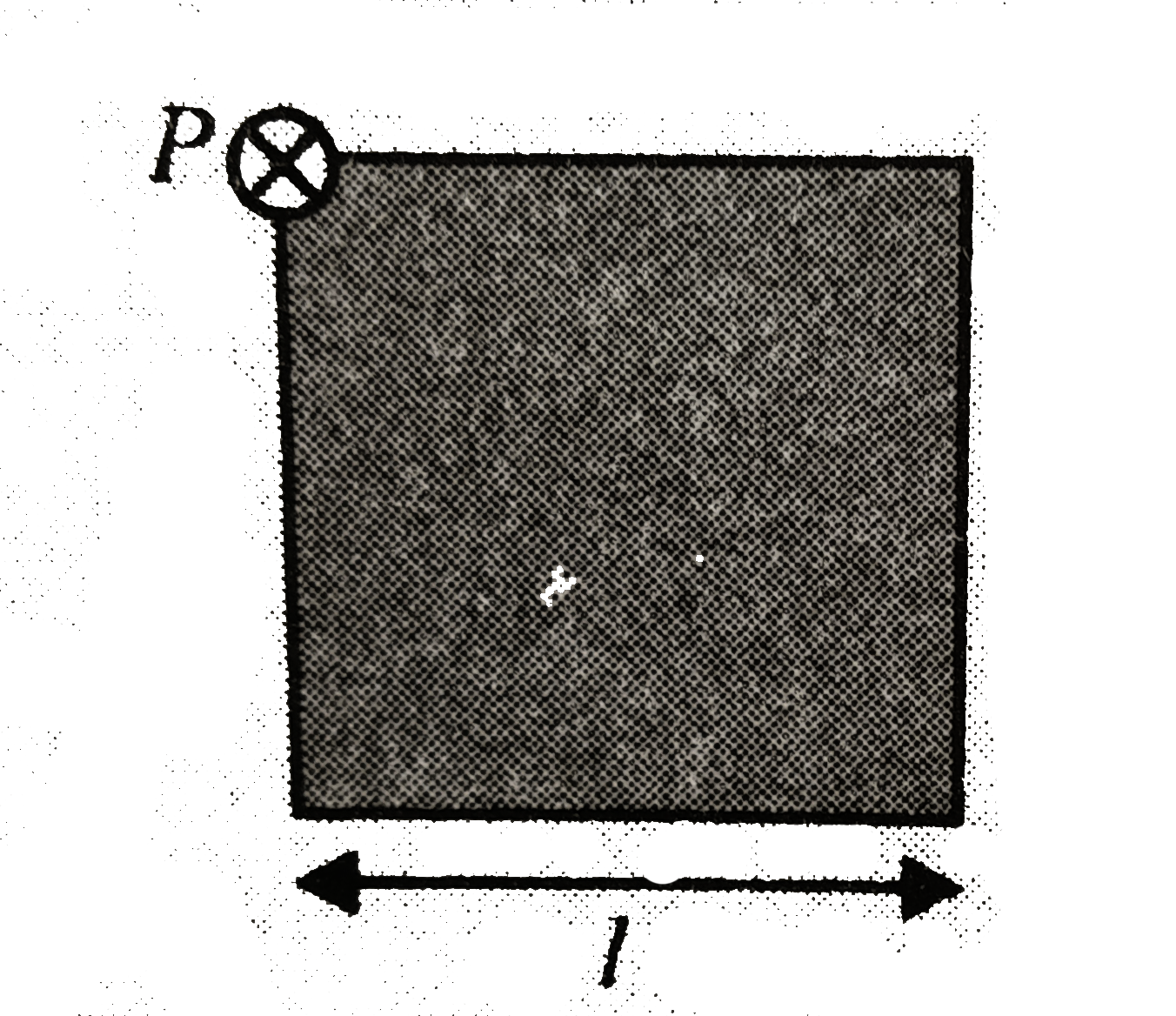The radius of gyration of a uniform square plate of mass M and sida about its diagonal is
a√6
a√12
a2√2
a4
The correct Answer is:B
To find the radius of gyration of a uniform square plate of mass M and side A about its diagonal, we can follow these steps:
Step 1: Understand the Moment of Inertia
The moment of inertia I of a body about an axis is related to its mass and the radius of gyration k by the formula:
I=Mk2
We need to find the moment of inertia of the square plate about its diagonal.
Step 2: Use the Perpendicular Axis Theorem
For a flat plate, the perpendicular axis theorem states that:
Iz=Ix+Iy
where Iz is the moment of inertia about an axis perpendicular to the plane of the plate, and Ix and Iy are the moments of inertia about two perpendicular axes in the plane of the plate.
Step 3: Calculate the Moment of Inertia for the Square Plate
For a square plate of side A:
- The moment of inertia about an axis through the center and parallel to one side (let's say Ix) is given by:
Ix=MA212
- Due to symmetry, the moment of inertia about the other axis Iy is the same:
Iy=MA212
Step 4: Apply the Perpendicular Axis Theorem
Now, applying the perpendicular axis theorem:
Iz=Ix+Iy=MA212+MA212=MA26
Step 5: Find the Moment of Inertia About the Diagonal
Since the square plate is symmetric, the moment of inertia about either diagonal (let's call it Id) will be:
Id=Iz2=MA212
Step 6: Relate Moment of Inertia to Radius of Gyration
Now, using the relation I=Mk2:
MA212=Mk2
Dividing both sides by M:
k2=A212
Taking the square root:
k=A2√3
Step 7: Rationalize the Result
To rationalize k:
k=A√36
Final Answer
Thus, the radius of gyration of the uniform square plate about its diagonal is:
k=A√36
---
The moment of inertia I of a body about an axis is related to its mass and the radius of gyration k by the formula:
I=Mk2
We need to find the moment of inertia of the square plate about its diagonal.
For a flat plate, the perpendicular axis theorem states that:
Iz=Ix+Iy
where Iz is the moment of inertia about an axis perpendicular to the plane of the plate, and Ix and Iy are the moments of inertia about two perpendicular axes in the plane of the plate.
For a square plate of side A:
- The moment of inertia about an axis through the center and parallel to one side (let's say Ix) is given by:
Ix=MA212
- Due to symmetry, the moment of inertia about the other axis Iy is the same:
Iy=MA212
Now, applying the perpendicular axis theorem:
Iz=Ix+Iy=MA212+MA212=MA26
Since the square plate is symmetric, the moment of inertia about either diagonal (let's call it Id) will be:
Id=Iz2=MA212
Now, using the relation I=Mk2:
MA212=Mk2
Dividing both sides by M:
k2=A212
Taking the square root:
k=A2√3
To rationalize k:
k=A√36
Thus, the radius of gyration of the uniform square plate about its diagonal is:
k=A√36
Similar Questions
Knowledge Check
Find the momentof inertia of a uniform square plate of mass m and edge a about one of its diagonals.
AMl26BMl212CMl23DMl24
The radius of gyration of a uniform rod of mass m and length l about an axis perpendicular to its length and at distance l4 from its centre will be
View SolutionThe radius of gyration of a solid hemisphere of mass M and radius Rn about an axis parallel to the diameter at a distance 34R is given by (centre of mass of the hemisphere lies at a height 3R/8 from the base.)

View SolutionFind the radius of gyration of a hollow uniform sphere of radius R about its tangent.
View SolutionFind the moment of inertia of a uniform square plate of mass M and edge of length 'l' about its axis passing through P and perpendicular to it.

View SolutionThe radius of gyration of a uniform circular ring of radius R, about an axis which is a chord of circle of length √3R is ,
View SolutionThe radius of gyration of a uniform circular ring of radius R, about an axis which is a chord of circle of length √3R is ,
View SolutionCalculate the radius of gyration of a uniform circular ring about an axis passing through its diameter.
View Solution
